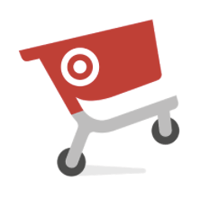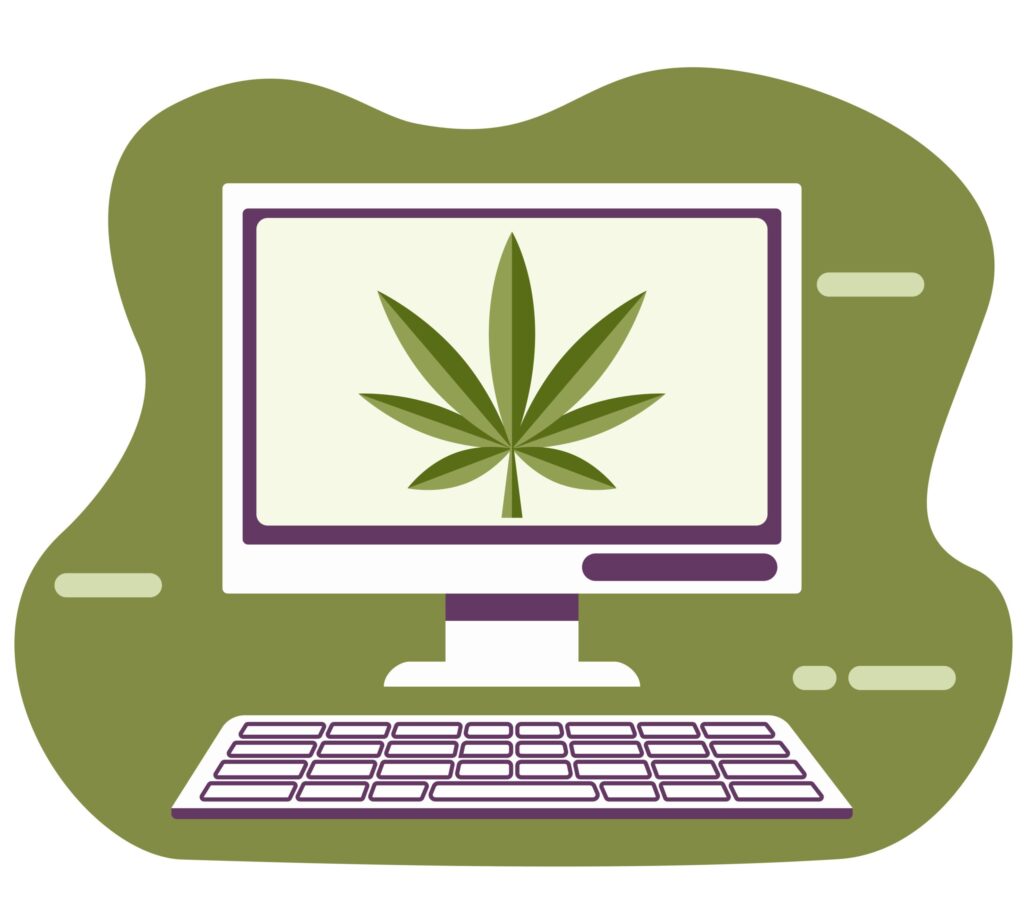With 2.2 million apps in the Apple App Store and 2.4 million in Google Play, retailers face tremendous competition in getting consumers to download their apps. In fact, nine out of every 10 apps is a “zombie,” meaning it exists in the store but does not have enough downloads to be ranked or discovered organically. This is partly a function of competition, but also due to shortfalls of the apps themselves. Building a successful app is both an art and a science, and one retailers must master to get consumers to hit the “download” button.
Here are 7 tips to get consumers to download retail apps.

1. Digitize Retail Information
Ninety-percent of shoppers use their smartphones in-store as they shop. They whip out their phones to access more information, such as price comparisons, reviews, greater detail about a product and inventory. Retailers can drive downloads of their apps by making all the information customers might need while shopping available. Product education should be a focus.
2. Make It Personal
Retailers can make their apps valuable for customers by delivering personalized, helpful recommendations that are tailored to their unique needs. Mobile devices are great at collecting and providing contextual and behavioral data on shoppers, which brands can leverage to create contextually relevant experiences that engage shoppers by helping them discover relevant products, as well as offers and rewards.
3. Make It Social
Today’s customers rely heavily on social media to discover new products and brands, and use mobile messaging apps to get feedback from friends about potential purchases. Retailers can get customers to download their apps by integrating social features and seamless sharing. For example, deep-linking social sub apps (such as messaging platforms) to the main app creates maximum exposure. Maintain continuity between these interfaces for the best results.
4. Go Native
One of the biggest mistakes retailers make is to create apps that are essentially a mobile version of the website. Not only can this can make the app feel sloppy and unusable, but few apps like these can leverage the powerful mobile functions, such as the location, camera, Bluetooth Low Engery, app interfaces and biometrics. A wealth of data shows that a well designed native app gets higher interaction following the initial download than non-native apps.
5. Save Them Money
Shoppers are highly price sensitive, so if an app can save them money, they will attempt to use it. Apps, such as Target’s Cartwheel, have met with tremendous success by gamifying coupons that offer shoppers immediate discounts on items in their cart. It’s essential to make the savings tools interesting and intuitive, while offering real value that is visible.
6. Save Them Time
Just as customers like to save money, so do they like to save time. As an example, the worst aspect of brick-and-mortar retail is long checkout lines. Mobile apps can rescue customers from long lines by integrating mobile-based rich checkout and/or self-checkout. Instead of standing around, shoppers can complete the purchase within the app and walk out the door. The mobile interface can be used to easily present all payment vehicles, rewards, coupons, offers, gift cards, etc. in an intuitive way, which reduces the time it takes to find those things individually at the time of checkout. Other even simpler changes such as biometric sign-on, background behavioral based authentication, location based in-store modes, etc. can have significant improvements in usage.
7. New Age Input Interfaces
Tapping away on a mobile screen is fun when you are messaging a friend, but gets tedious when trying to use a retailer’s app. Audio recognition, as well as optical recognition technology, have advanced by leaps and bounds in the last few years, opening up new frontiers for user interactions. As an example, shoppers can use smartphone cameras to identify objects in the physical world, scan labels for a quick purchase, or convert ads into a point of commerce.
Getting customers to download and use an app is no mean feat. By creating an intuitive, well-designed experience that provides utility and value, retailers can not only get customers to download their app, but also to engage more deeply with the brand and ultimately buy more.
Amitaabh Malhotra is the chief marketing officer of Omnyway.

 Network
Network

